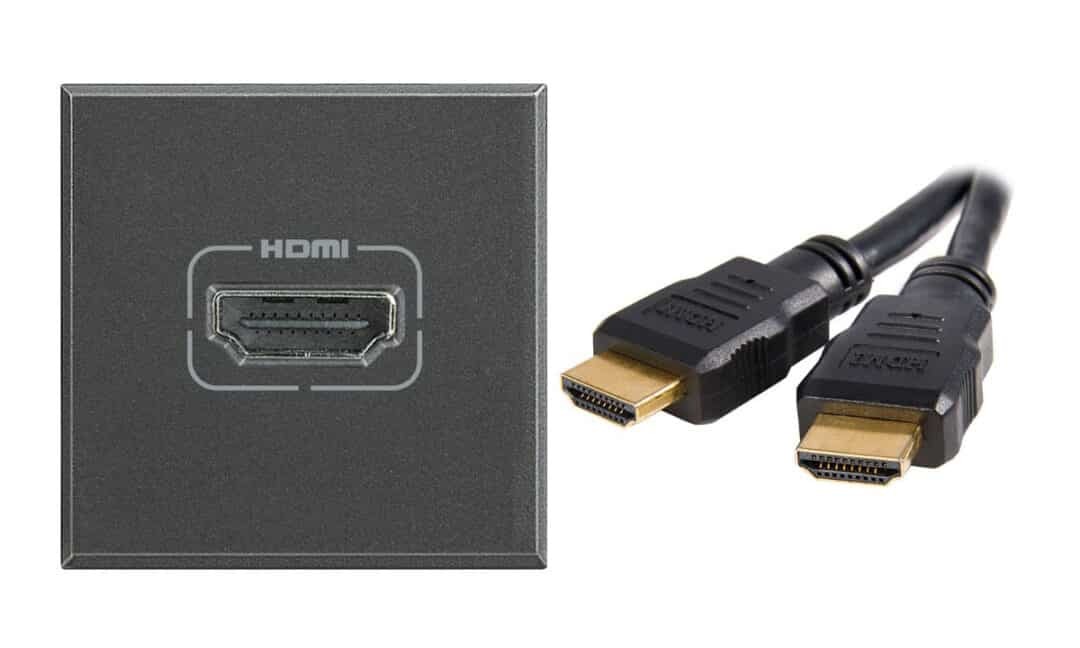Manufacturers TV technician constantly continue to improve video playback technology to improve image quality. One of such technologies - HDR. But the emergence of new formats is always accompanied by distrust of users. Understand what the HDR on TV and what opportunities does this standard will help consideration it features the necessary technical requirements and advantages over existing formats.
High Dynamic Range Imaging - a technology that expands the color gamut of the image and its contrast.
Digital processing creates one of the two frames, but with the maximum expression of light and dark areas. The difference between them - this is the contrast. It provides upgraded lights - brightness of individual sections of the screen varies independently. Also, the effect of supplements increase the number of shades in between, that is, the color rendition.
Both figures are concentrated in the standard HDR, which is needed to recreate a realistic image.

versions
In the development of video with high dynamic range HDR Two main versions were created.
HDR10
This standard reproduces the video content with a color depth of 10 bits. brightness boundaries are set based on the received data. But they fixed that prevents their adjustment to the lighting conditions of the scene specific. The main advantage - compatibility with most 4k TVs.
Dolby Vision
Professional standard video, access to which is limited because it can turn only when the TV is built a special chip. Can run in 12-bit mode, it adapts to each frame separately.

Benefits
Dynamic backlight, brightness of which is regulated within a single frame makes the image contrast. The stock of maximum brightness exceeds normal rates in a few times, and rich colors provide a realistic reproduction of colors.
Implementation in TVs
HDR is based on the increase in television sets are able to change the brightness of the pixels on the screen. For the previous standards were considered normal 300-500 nits of brightness. But for TV with the HDR figures should not be less than 1000. It is much closer to the perception of light by the human eye.
Since the problem of manufacturers TV technician - to provide high quality images, but not blinding the viewer, the maximum brightness values are limited comfort level of perception. With this level should retain the ability to distinguish details.
Image on the screen items must not be less visible than in the twilight. It is necessary that the screen displays deep blacks, but the viewer can distinguish the individual elements of the picture. For such purposes are best OLED displays and QLED.
Many people wonder how the TV turn on the display HDR. To do this, you must go to the image settings and activate HDR switch. After this will only restart the device.
content
To fully appreciate the benefits of HDR, the content must also be created using this format.
Today, the majority of films shot in serials with high image quality standard. But with the transfer of data directly to the TV is a problem - in digital TV channels broadcast conventional video is compressed because of what quality is lost.
So now HDR-content is only available from multiple sources. First of all, it is supported by such strimingovye services like Netflix and Amediateka, for example. As for video games - most produced games for the PlayStation and Xbox consoles also support high quality pictures.
connection
For HDR-play content on your TV will need HDMI 2.0 interface. Modern models a connector or already have an existing interface or programmatically, you can upgrade to the required version. Game consoles are also equipped with the latest models of the necessary inputs.

TVs with support for HDR
The review presents three options for popular brands of TVs with support for this format based on user feedback.
samsung QE65Q9FAM

A sample implementation of the most successful technology QLED provides good depth and color fidelity and high contrast ratio which is independent of the environmental illuminance. Supports HDR10.
Display with a 4k resolution and 65 inches diagonal will see the smallest details. It should be a model an average of 180 thousand. rubles and above.
Pros:
- wider viewing angle;
- High-speed processor;
- transparent fiber-optic cable for the connection of additional devices;
- connectivity to other gadgets;
- have voice control function.
Minuses:
- near the screen visible vertical stripes of the matrix;
- complex menu structure.
LG OLED55B7V
LED 55-inch display eliminates residual image, provides a deep black color. Matrix operates in 10-bit mode, the resolution corresponds to Ultra HD, supports Dolby Vision.
For a good sound speaker built 4. Equipped with digital and analog tuners. The average price is 40 thousand. rubles.
Benefits:
- High details of dark scenes;
- thin body;
- convenient location of the connectors;
- perfect for computer games;
- clean sound from Dolby Atmos.
Disadvantages:
- viewing media of lower quality and noise artifacts appear;
- awkward menu.
Sony KD-55XE9005

Direct LED-backlight provides high contrast images. Screen size 55 inches, support resolution of 4k. Digital signal processing gives the feeling of 14-bit color. It sold at a price of about 90 thousand. rubles.
Advantages:
- stereoscopic effect by increasing the difference between the lit and dark areas;
- wired and wireless internet connection;
- speaker system creates the effect of presence;
- Suitable for video games.
Disadvantages:
- small viewing angle;
- not fast enough operating system.
The new HDR video standard provides higher quality playback of movies and games that have been created in accordance with the format. But most of the television broadcasts designed for the previous generation devices.
Nevertheless, the gradual spread of HDR enhances the quality of video content, so soon have to think about buying modern TV.
